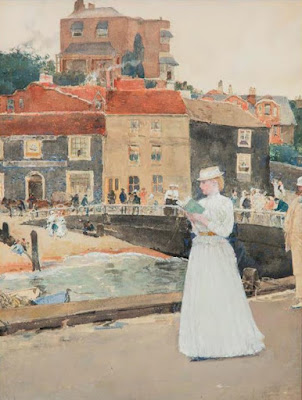Cafe Pushkin in Moscow - literature, arts, food and drinks!

In the 1780s a St Petersburg nobleman serving Empress Catherine the Great retired from the Royal Household and moved to Moscow. There he decided to build a house and invited architects from Italy. Well-versed in Russian taste and with a keenly honed feeling for Muscovite architectural style, Italian architects built a baronial Baroque mansion a la russe . Baroque details run throughout the interiors of the building. The house passed to a German aristocrat in the mid C19th as part of his future wife’s dowry. Front entrance, Tverskoy Boulevard tripadvisor Financial ruin forced the new owner to open a pharmacy in the building, successfully. Downstairs, the customers waiting for their medicines to be prepared could drink restorative drinks, teas, coffee, or hot chocolate while waiting for their medicines to be prepared. At the same time, a library full of reference books was installed on the upper & mezzanine floors. The library collection grew to 3,000+ volumes. At ...






